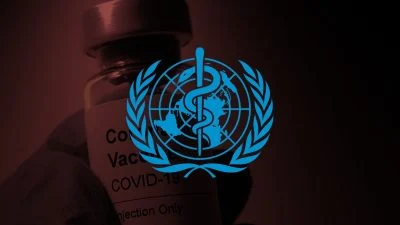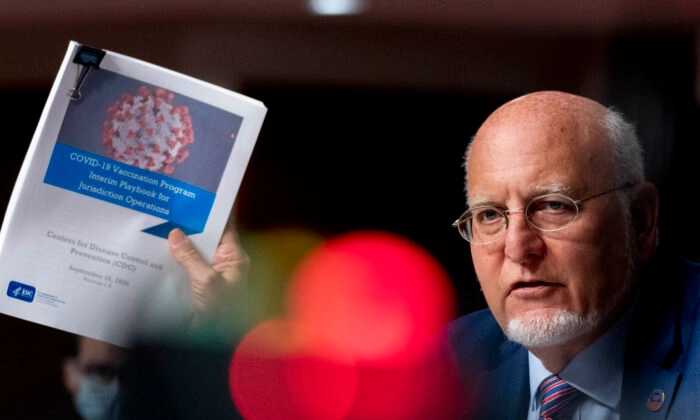Eight items of major concern regarding the proposed WHO treaty and International Health Regulations (IHR) amendments
1. Biological warfare agent proliferation.
The treaty and the proposed amendments instruct nations that they must perform surveillance for potential pandemic pathogens, build or maintain sequencing labs, and both share actual specimens with the WHO (where a BioHub has been created for this purpose) and also share the sequences online. This demands the proliferation of biological weapons agents—which I believe is a crime (based on my interpretation of Security Council Resolution 1540 and the 1972 Biological Weapons Convention.
1 a. The June 2, 2023 “Bureau text” version of the treaty also called for nations performing Gain-of-Function research to reduce “administrative impediments” to the work. In other words, restrictions on the research should be relaxed, which would make lab leaks more likely to occur. This paragraph was removed from the October 30, 2023 version of the treaty.
2. Giving the WHO a blank check to create new rules in the future
The treaty calls for a Conference of Parties and a new WHO Secretariat to be created in the future that will make rules for how the pandemic prevention and response apparatus will work—which provides essentially a blank, signed contract to the WHO to create whatever rules it wants.
3. Liability-free vaccines developed at warp speed will be produced
The treaty calls for rapid vaccine development /production and shaving time off all aspects of vaccine development, testing and manufacture. This requires vaccines to be used without licenses, and the treaty calls for nations to have laws in place to issue Emergency Use Authorizations for this purpose, and to “manage” liability issues. See “The WHO’s Proposed Treaty will Increase Man-Made Pandemics” for more information about this. The US, EU and others have specifically called for 100-day vaccine development and an additional 30 days for production of pandemic vaccines. This would allow for no meaningful human testing.
4. Human rights guarantees have been removed in the new amendments
The amendments removed “human rights, dignity and freedom of persons” from the existing IHR language. Following complaints, this phrase was later inserted into the Treaty–but the treaty may not be accepted in 2024. Meanwhile, the amendments require only a simple majority to pass, are being written in secret, and so it is likely that the most problematic issues will be found in the amendments.
5. Social media surveillance and censorship of citizens is required
Both the amendments and the treaty call for nation states to perform surveillance of their citizens’ social media, and to censor and prevent the spread of information that does not conform to the WHO’s public health narratives. Yet the treaty also calls for citizens to be free to access information, while they are to be protected from “infodemics,” which are defined as too much information. Citizens must also be stopped from spreading mis- and disinformation.
6. We may not learn what is in the amendments until after they are passed
The amendments have been negotiated entirely in secret for the past nine months, while there have been multiple consecutive drafts of the pandemic treaty released to the public during that time. And while the negotiated amendments were to be tabled for public review in January, the WHO’s principal legal officer has provided a legal fig leaf to avoid the obligation of making them public 4 months ahead of the vote. Will the public even see the amendments before a vote on them occurs?
Why is there such secrecy regarding the proposed amendments?
7. The WHO Director-General could become your personal physician
According to the proposed amendments, the WHO D-G would be able to commandeer and move medical supplies from one country to another, decide what treatments can be used, and restrict the use of other treatments.
8. When will the WHO be able to use its newly minted powers?
The amendments will come into force after a declaration of a Public Health Emergency of International Concern (PHEIC) is made. However, a declaration of a potential PHEIC will also trigger these powers. The powers can be extended even after a PHEIC is over, as we have seen with COVID and monkeypox (MPOX) declarations by the D-G.
The treaty will be in force continuously, requiring no declaration or pandemic to confer new powers to the WHO.
Meryl Nass, MD
Suggest a correction






